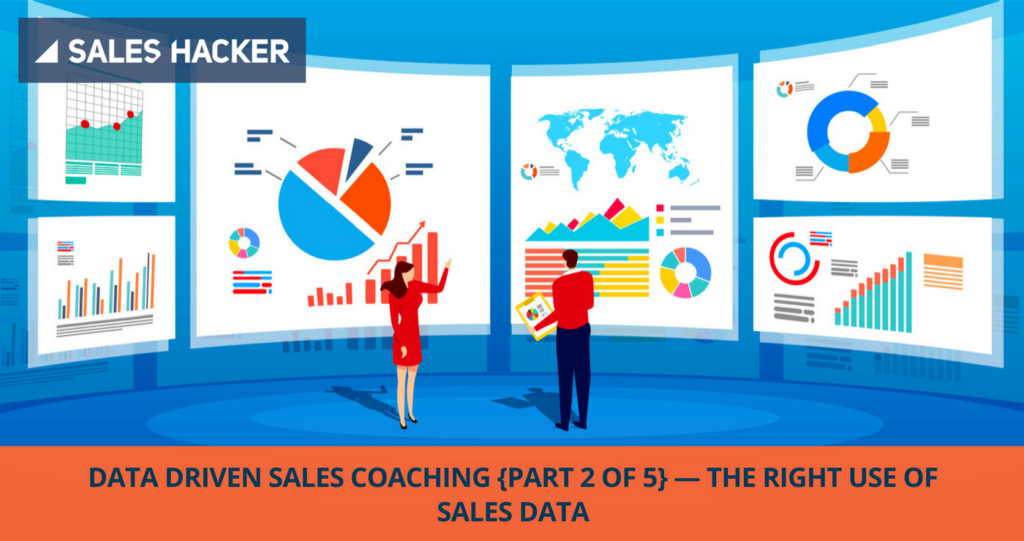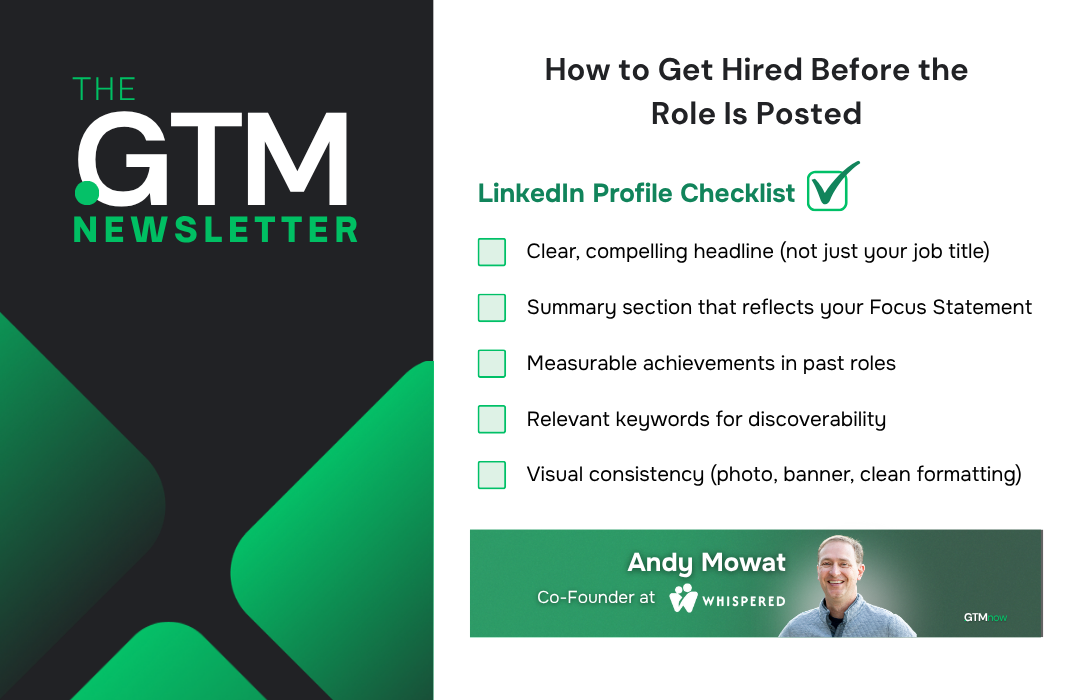This is part 2 of a 5-part series to help you develop the right approach to sales coaching. While part 1 focused building the right coaching mentality, this article covers how you can take a data driven sales coaching approach.
Using Data to Inspire Commitment
There are dozens of resources to stimulate conversations between salespeople and sales leaders. The real question is,
1) How do you transform conversations into commitments that inspire performance?
2) How do you capture and make these commitments realities?
Before we dive deeper, here’s everything in a glimpse:
1) Why does data driven sales coaching matter?
2) 3 types of sales data you can use
3) Business Intelligence data takes you only 10% of the way
4) Segmentation is crucial for personalized goal setting
5) Use data to plan ahead vs. stack-rank and compare
Why Does Data Driven Sales Coaching Matter?
Coaching isn’t about who’s good and who’s bad. It isn’t about leaving the stars alone and trying to crack the code for the under performers. You’ve got to think—what’s next for each member of my sales team.
As leaders, our role is to help our team find their personal next level and transform their individual performance. Your coaching model – the way you think about your purpose as a coach – has an enormous impact on the outcomes your coaching is able to achieve.
Advanced sales coaches think of it this way:
Leadership brings transformation.
Transformation for a sales team is ignition.
Our job is to help ignite each member of our team.
3 Types of Sales Data You Can Use
1) Volume Data
2) Conversion Data
3) Performance Data
Jacco Van der Kooij explains these types of data, their definitions, and how to implement them to your sales org in his SaaS metrics blueprint. A summary showing a definition of each type of data, common examples of each, and typical use for each data type is shown below.
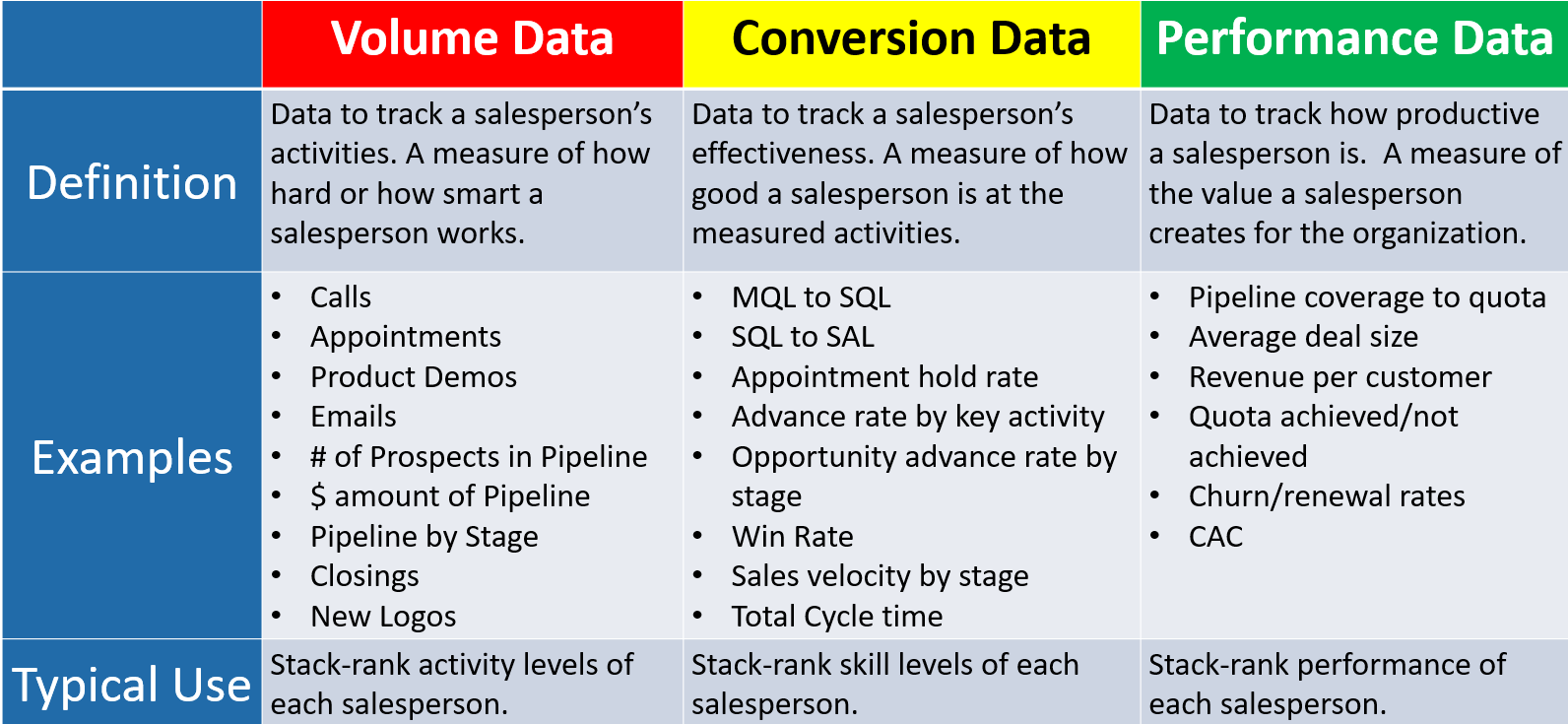
Each organization has different types of volume, conversion, and performance data. How you choose to use this data largely defines how you are perceived by the members of your sales team.
Business Intelligence Data Takes You Only 10% of the Way
Data visualization tools have become very powerful and are useful for identifying where you might be falling behind. Your Business Intelligence (BI) solution is a required tool for evaluating organizational and team-level performance.
However, these tools are very inefficient tools for coaching. The availability and implementation of BI solutions have grown rapidly over the last 5 years.
However, the percentage of salespeople achieving quota has fallen each year for the last 6 years!
The simple fact is more data does not ignite a salesperson.
Stack-rankings, averages, and trends are important for leaders to evaluate. But these do not provide the fuel for individualized ignition.
With this in mind, let’s look at the two types of sales coaches—defined by their use of Business Intelligence.
The data-obsessed coach
Most sales leaders are “Managers.” They base coaching conversations on reported metrics. They think in terms of a rep being “good” or “bad,” which reps hit quota, and which reps don’t.
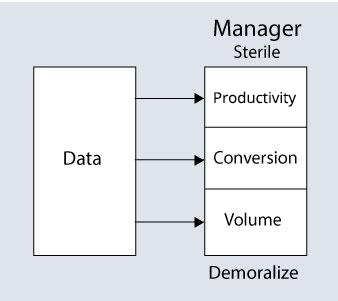
With these managers, individuality is quickly lost in statistical generalities. This coach’s style then, by necessity, is sterile and backward-looking.
While this approach can generate infinite conversations about possible areas of change for a salesperson, this generally doesn’t inspire a commitment to change. The reason for this is BI data in its aggregate form doesn’t help a leader or a salesperson push the “How” button. The only go-to move this leaves a leader with is to push the “More” button.
Salespeople don’t want to be managed. They want to be inspired! Data doesn’t have to demoralize performance or lead to a sterile leadership style.
Unfortunately, most leaders don’t have a good way to be data-driven yet inspire a commitment to change.
The segment-savvy coach
Great sales coaches use the distribution curve (introduced in part 1 of this series) as a starting point to ensure their 1:1 meetings result in moments of commitment for each rep on their team.
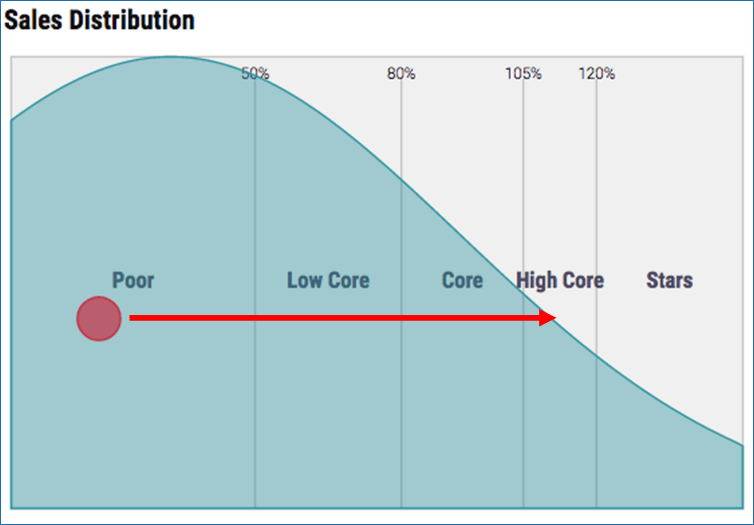
Great coaches don’t focus on where someone is as much as they work to understand where someone wants to be.
Using the distribution curve creates a conversation where the leader can acknowledge where a rep is and immediately ask the rep what their personal goal for themselves is. Rather than responding with “I want to hit goal,” the rep now can choose their target area of effectiveness.
In this case, the salesperson might say “I can hit the High Core this year.” This creates an opportunity for the rep and leader to discuss the road that leads to the salesperson’s desired level of performance.
If a salesperson genuinely believes that the leader’s primary intent is to help them find the pathway to the rep’s desired performance level, coaching becomes the fuel for ignition and transformation.
Segmentation Is Crucial for Personalized Goal Setting
Segmentation lets you find ways of transforming conversations into commitments. Once a standardized distribution is in place for all reps, the leader has a way to personalize how data is used to change performance.

One of the most common things I hear from salespeople is:
“If I knew what made me different from the high performers, I’d do what they did.”
The segmented distribution curve allows you to view the three data types through a personalized lens. By sorting your data based on the performance level of each team member, you create a roadmap of how to move from any current level of performance to a desired level of performance.
Changing sterile data into tactical goals
The 1:1 conversation starts with the rep telling the leader what their definition of success is. A poor performer may be targeting Core performance. A Low Core may choose High Core. Core or High Core may choose Star.
Armed with the understanding of what a rep’s definition of success is, a segment-savvy leader can now use data to inspire change.
With this perspective, sterile data can be transformed into inspiring, highly-personalized targets:
1) Volume Data becomes Target Activities
2) Conversion Data becomes Target Competencies
3) Productivity Data becomes Target Effectiveness
This is far different than “You need to move up the stack-ranked call report” or “You got passed up on the closed business report.”
How tactical goals make you relevant as a sales coach
Now, a rep can pinpoint the gaps in an activity mix or sales skills that separate them from those performing at the level the rep aspires to achieve. The rep also knows why these changes matter in relation to their personal goals.
This provides the leader a way to be relevant to any salesperson on their team. Now a leader can target their discussions around specific changes to make. For instance, some people may need to time-block differently so they can have a better target activity mix.
Other reps will need to develop new skills in order to achieve a new competency level. Each rep will be chasing a different productivity level in order to achieve their individual effectiveness goals.
Coaching is about improvement
Pressure will turn coal into a diamond, but it will chase a salesperson out of your sales org. Recent data shows 68% of salespeople are looking for their next job, and only 19% see themselves in their same job a year from now.
Small improvements in every team member will yield eye-popping success as a team. Consider the case study of a successful sales team:
This sales leader beat her 2017 team goal by 20%. As she met with the company president to set her 2018 goal, she was told that while the company was glad she beat her number, the fact that she did it on only 22% quota attainment was cause for concern.
The 2018 goal would be based on what sales would have been if her team had achieved 50% quota attainment.

Her approach was to implement a segment-savvy coaching strategy. She quickly helped set coaching goals that moved her team systemically through the distribution curve by setting individualized sales goals around what success looked like.
Today, she is at 37% quota attainment on the year-to-date goal. Her team is chasing incremental improvement based on Target Activities and Target Competencies in order to achieve Target Effectiveness.
She’s nearly tripled the number of star performers and shrunk the number of poor performers by nearly 1/3—all in 90 days!

Use Data to Plan Ahead vs. Stack-Rank and Compare
Reps want to be coached. They want to have the opportunity to improve by learning, working on skills, and by emulating other reps they see as successful.
Focus forward—planning matters more than reflection
No more than 10% of a 1:1 should ever be spent reviewing past performance in a coaching session. 90% of the time needs to be in a forward-looking strategic discussion.
Paint the target
Once your rep has shared their definition of success, don’t talk about anything other than how to get there.
Great leaders show the way. Part 3 of this series will give you a roadmap on how to create that plan.
Don’t be the “know it all” sales manager
Every rep on your team already knows if they are hitting their goal or not. Coaching isn’t about stack-ranking or averages. It’s about personalization and connection.
If you can’t help them connect the dots to get to where they want to be on their journey, you’re letting them down as a leader. Make sure you’re focused on connection rather than correction.
Other Guides in the How To Approach Sales Coaching Like a Pro Series
This guide is part 2 of a 5-part series on sales coaching models. Don’t miss the other guides in the series:



